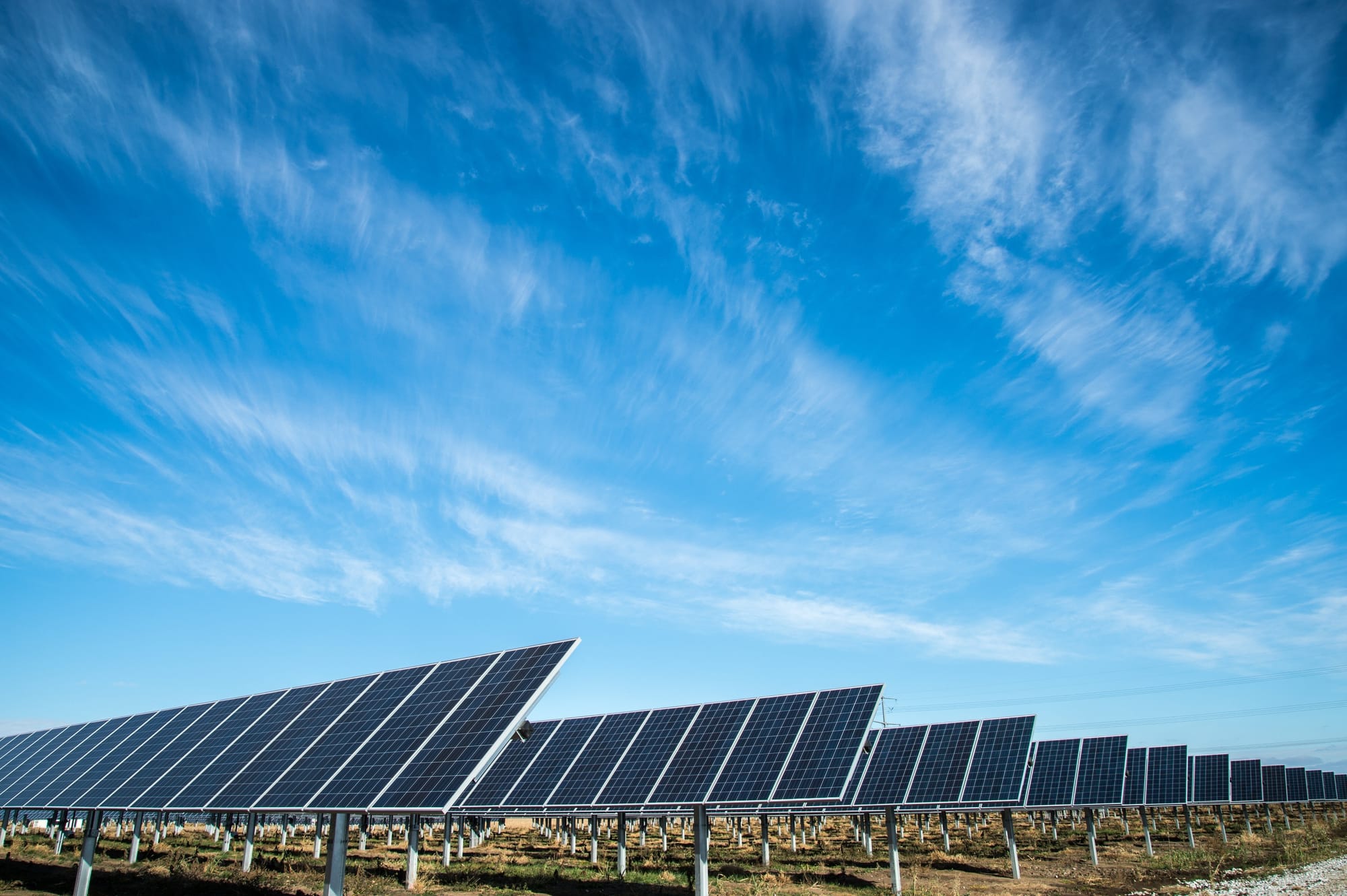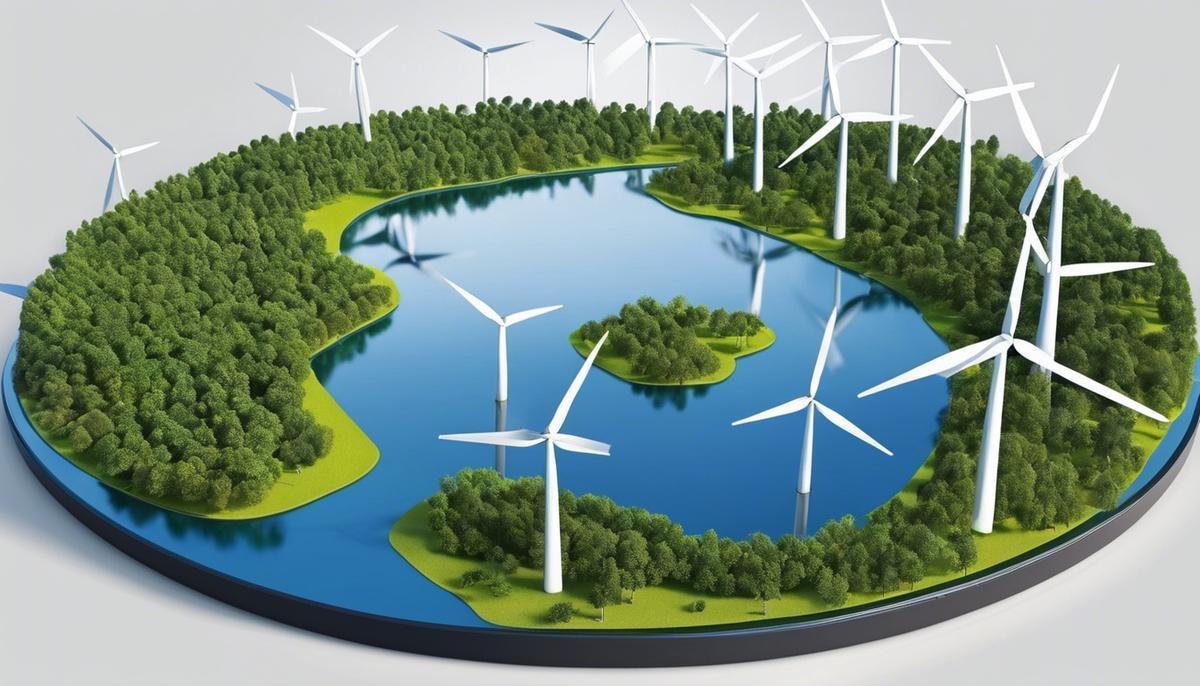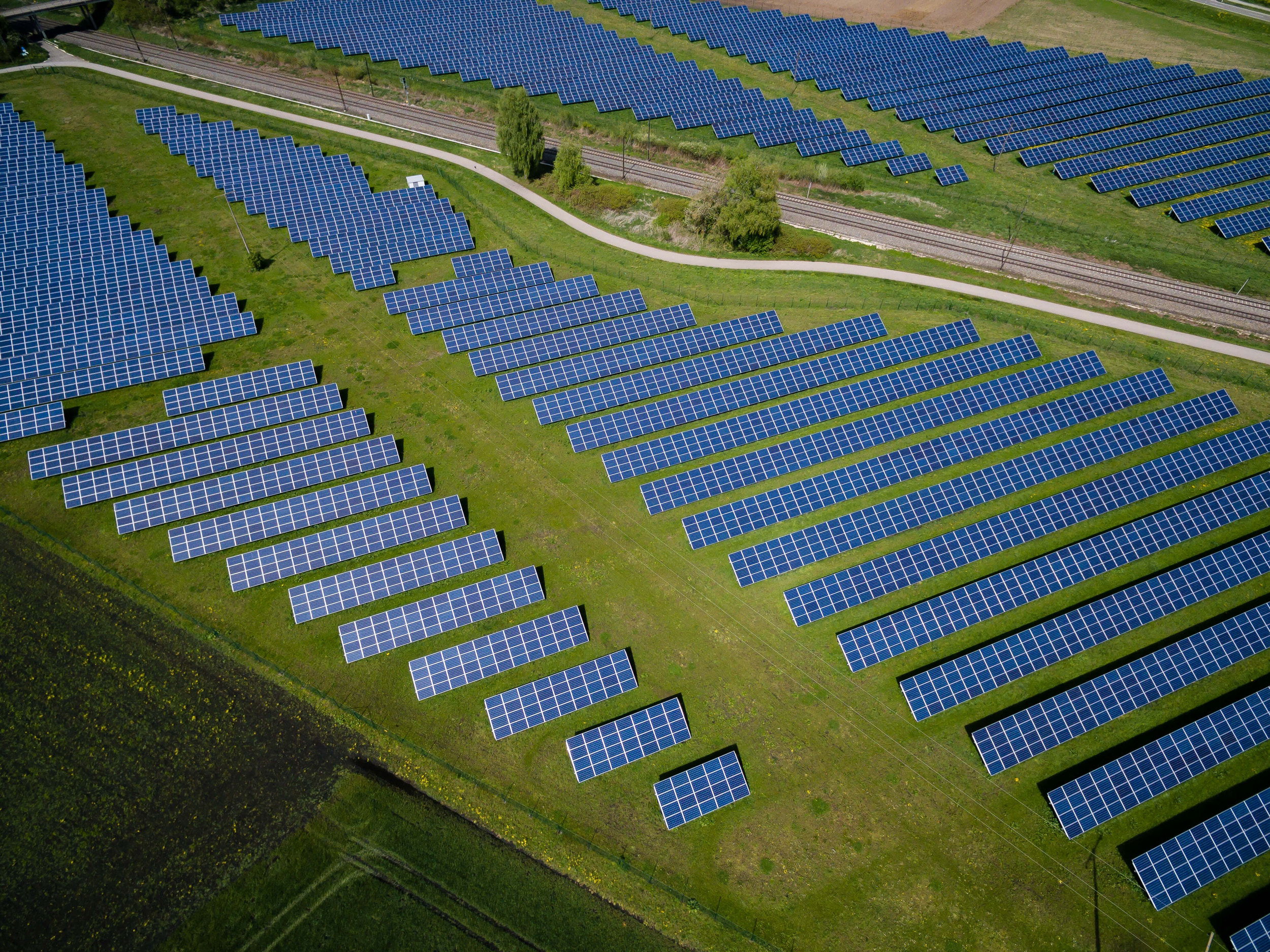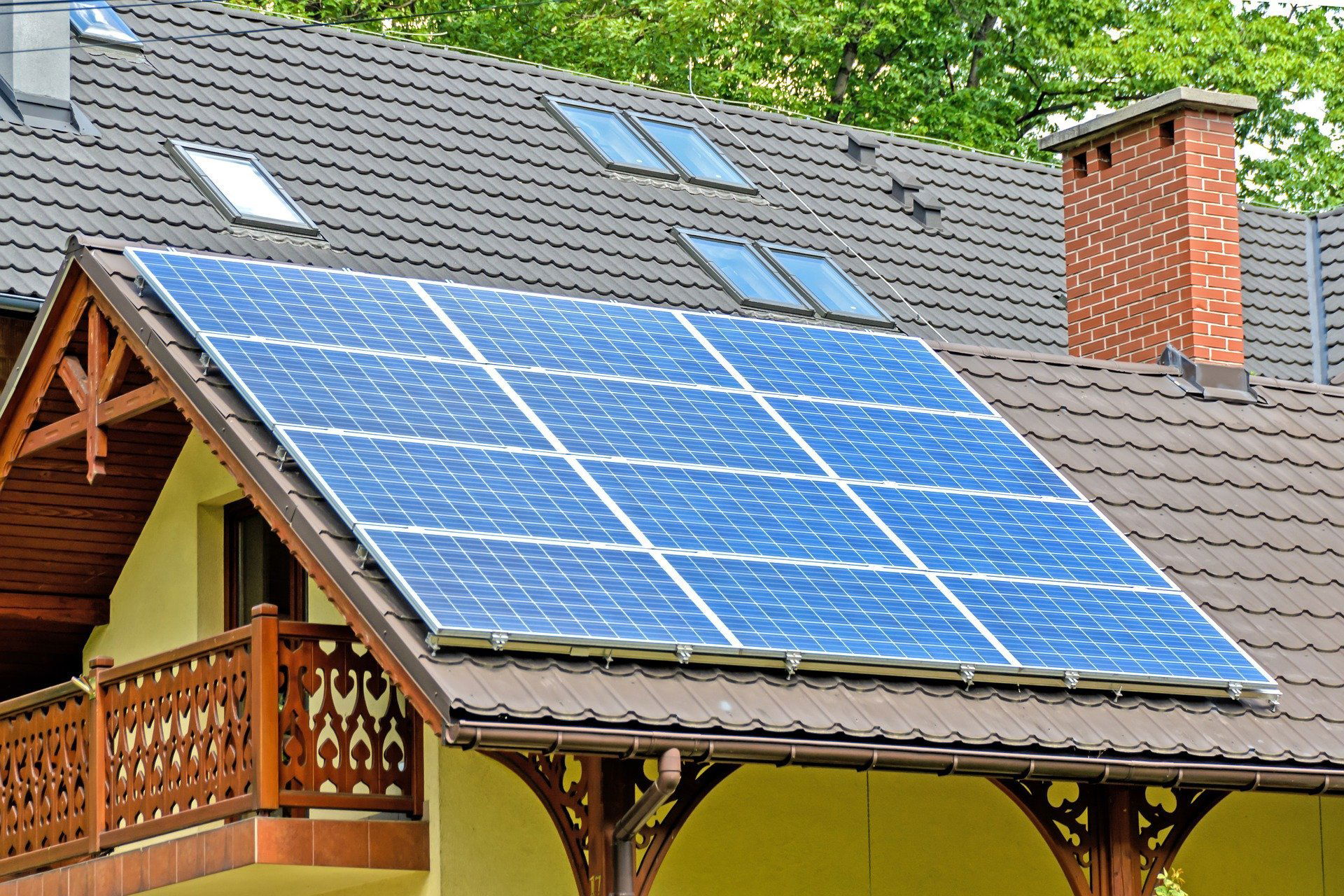La importancia de las fuentes de energía renovables.

the importance of renewable energy sources
Renewable energy represents a crucial aspect of our global future.
With the planet witnessing unprecedented climate changes due to greenhouse gas emissions primarily derived from non-renewable energy sources like coal and oil, a comprehensive understanding of renewable energy and its importance cannot be overemphasized.
This work illuminates the definition and types of renewable energy such as solar, wind, hydroelectric, geothermal, and biomass, while offering insights into their transformation into usable energy forms.
Furthermore, it delves into the profound environmental, economic, and social implications of harnessing renewable energy.
Lastly, it details the latest technological achievements in the field and dissects prominent challenges, proposing viable solutions to foster a sustainable future.
Understanding Renewable Energy
As we immerse ourselves in a new epoch, the Anthropocene Era, the human footprint on earth is palpable and undeniable.
The continuous extraction and consumption of fossil fuels have catalyzed environmental degradation, global warming, and climatic changes.
Thus, the quest for renewable energy, a potent weapon against these anthropogenic adversities, has never been more critical.Renewable energy, often synonymous with alternative energy, is energy derived from sources that naturally replenish within a human lifespan.
Unlike non-renewable energy sources such as coal, oil, and natural gas, which are finite and emit greenhouse gases in the extraction and utilization processes, renewable energy sources are clean, inexhaustible, and environmentally benign.
The ubiquity of renewable resources, coupled with progressive technological advancements, establishes their potential to adequately meet the world's energy demands while mitigating environmental harm.
A defining characteristic of renewable energy sources is their innate diversity, deriving power from various facets of the natural world.
Key sources of such energy are solar, wind, hydro, bioenergy, and geothermal.Solar energy utilizes sunlight, a boundless resource, converting it into electricity using photovoltaic (PV) cells or concentrated solar power (CSP) systems.
Wind energy harnesses the kinetic power of wind via turbines, converting it into mechanical power or electricity.
The technology's scalability allows for widespread deployment across home-based systems to large-scale wind farms.
Hydropower is the most matured and widely-used form of renewable energy.
It relies on gravity and the natural water cycle.
The water stored in reservoirs behind dams is released to spin giant turbines, subsequently producing electricity.
Interestingly, the capacity to control water flow enables the system to respond quickly to electricity demand spikes.
Bioenergy, often overlooked, holds significant potential. It involves the conversion of organic materials, like agricultural residues, municipal wastes, and algae into heat, electricity, or biofuels.
Bioenergy solutions, therefore, tackle two environmental issues simultaneously - waste management and climate change.Lastuly, geothermal energy leverages Earth's internal heat to generate electricity and heat buildings.
Superheated fluid, housed in reservoirs beneath the Earth's crust, can be tapped into, and the resultant steam can be used to turn turbines or heat buildings in district heating systems.
Despite the plethora of benefits, transitioning to renewable energy wholesale comes with its share of challenges. Intermittency, geographic constraints, technological limitations, and high upfront costs are prevalent issues at the forefront of renewable energy adoption.
However, ongoing research and development, policy support, and market maturation are steadily resolving these hurdles.
The expansion and integration of these green and sustainable technologies have become indispensable for a carbon-neutral future. After all, the realm of renewable energy is not just about power generation – it epitomizes human aspiration to harmonize with nature, embodying a synergy of technological finesse and environmental stewardship.

The Environmental Impact
While renewable energy sources hold tremendous potential for abating anthropogenic climate change, their exploitation also involves some environmental impacts, warranting careful examination.
An in-depth comprehension of these impacts can guide sustainable deployment of renewable energy technologies and simultaneous environmental preservation.
Solar energy, while predominantly benign, can influence local ecosystems during the construction phase of solar farms, especially in desert regions.
The large-scale conversion of natural habitats to solar installations may induce loss of biodiversity and alter ecological balances.
Additionally, manufacturing photovoltaic cells involves some chemicals that, if improperly disposed of, could lead to soil and water pollution.
Meanwhile, end-of-life management of solar panels surfaces as another key environmental concern.
Wind energy, another major renewable source, poses challenges related to noise pollution, visual impacts, and potential bird and bat collisions.
Wind turbines, particularly onshore ones, in their operational phase, might cause minor ground vibrations affecting local fauna.
Offshore wind farms might disrupt marine life, although research indicates possible coexistence with careful planning and execution.
Hydropower, touted as the leading renewable source globally, involves significant large-scale environmental disruptions.
Dam construction and reservoir formation can result in substantial loss of forest and arable land, fragmentation of aquatic habitats, and altered water flows and sediment transport.
Consequently, local flora and fauna could face extinction.Bioenergy production, despite its dual benefits, also carries ecological ramifications.
Biomass plantation often competes with food cultivation and threatens natural habitats.
Some biofuel feedstocks can become invasive, wreaking havoc on ecosystems. In addition, biomass combustion releases air pollutants, albeit lower than fossil fuels.
Geothermal energy, albeit region-specific, also has environmental considerations.
Unregulated extraction of geothermal fluids can cause land subsidence and induce earthquakes, while the high concentrations of salts and heavy metals in these fluids, if released, could contaminate water sources.
Despite these impacts, the environmental footprint of renewable energy pales in comparison to that of fossil fuels.
Furthermore, continuous advances in technology, coupled with rigorous regulatory frameworks, can alleviate many of these environmental concerns.
For instance, nurturing solar panel recycling facilities, implementing bird-friendly designs for wind farms, designing run-of-the-river hydropower with fish passages, promoting sustainable biomass plantation, and adopting closed-loop geothermal systems.As global energy demand surges amidst the threat of climate change, renewables steer our civilization toward a cleaner, safer, and more egalitarian energy future.
Harnessing them responsibly and sustainably necessitates an intricate understanding of their environmental impacts and implementation of mitigation strategies.
Fundamentally, the pursuit of renewable energy should not undercut the essence of its promise – a harmonious coexistence with nature and perpetuation of life on Earth.

Economic and Social Implications
To grasp the economic ramifications of a shift towards renewable energy, we must first dissect the term economy.
At its core, the economy is a system of wealth within a given community or territory, generated by the production and exchange of goods and services.
As such, the shift towards renewables, indeed a significant transformation of goods and services, will undeniably create ripple effects through the economy.
Firstly, when discussing the economic implications, one must contemplate the concept of "creative destruction." Coined by economist Joseph Schumpeter, it articulates the process of incessant product and process innovation as the old economic structures are replaced with new ones.
Perhaps, one of the most salient examples of this process is the gradual replacement of the fossil fuel industry by renewable energy technologies.
The primary economic sectors facing transformation involve power generation, transportation, and manufacturing, where renewable energy reduces dependency on nonrenewable resources and diversifies energy supply.
The potential for job creation in the renewable energy sector is sizable. The International Renewable Energy Agency (IRENA) reports that the sector employed 11.5 million people globally as of 2019, with solar photovoltaic and wind energy claiming the majority share.
The sharp growth trajectory suggests that renewables could become major employment generators as decommissioning of fossil fuel plants takes place.Nonetheless, the prospect of job loss in the fossil fuel sector is a reality that must not be ignored. Proactive and inclusive policies are required to ensure a "just transition" into the renewable energy era.
This concept, first coined by trade unions, professes a shift towards an economy that is sustainable for the environment and socially equitable.
Indeed, a "just transition" will ensure that the benefits of the renewable energy age are shared broadly and head off the socio-economic dislocations that often accompany major economic transformations.Another potential economic impact of a shift to renewable energy involves potential savings from avoiding damage caused by pollution and climate change.
The full accounting of the "external costs" of fossil fuel consumption, such as health-care costs related to air pollution and costs related to climate change, including damage from extreme weather events and long-term shifts in climate patterns, often fall outside conventional economic analysis.
However, efforts to bring these costs into mainstream economic calculations show the vast potential for economic savings from transitioning to renewable energy.Renewable energy will also have an impact on energy prices due to its unique cost structure.
The bulk of renewable energy investment is in the initial infrastructure setup, while operational costs are comparatively minimal as the energy source, being sun, wind, or water, is essentially free.
This implies that, over time, renewable energy could contribute to energy price stability in addition to reducing reliance on imported fuels, strengthening a nation's energy security.
Yet, the renewable energy revolution is more than a story of economic change and social transformation.
It presents as an opportunity to reimagine a society that aligns with the environmental limits imposed by our planet and acknowledges the inherent value of harmonious coexistence with the natural world.To enact this transformation, it is crucial to foster broad societal support.
Education and awareness play integral roles in nurturing collective consciousness about the need for renewable energy and the opportunities it presents for societal prosperity.
It is not simply a topic for scientists, engineers, policymakers but one for every citizen, as we collectively steward this transition towards a renewable energy-driven future.
The shift towards a renewable, clean future is not just a shift in the source of energy but a significant transformation in the societal contract with the Earth.
It is not just the story of replacing fossil fuels with the wind, sun, and water but a narrative of humanity stepping back from the brink and charting a path of sustainable co-existence with nature.
The imprints of this momentous transformation will be etched in the economic structure, job markets, societal norms, and the very ethos of human civilization.
As scholars, researchers, and most importantly, as inhabitants of this shared home, let us engage, explore, and empower this global transition, shaping the Anthropocene Era into one characterized not by human-induced calamities but by enlightened stewardship of our shared environmental heritage.

Technological Advancements
Advancements in renewable energy technologies have, and will continue to pave a confident trajectory towards a sustainable future.
Leading the technological forefront are several promising innovations, refining the grids of solar, wind, bioenergy, hydro, and geothermal power.
With an appreciation for the complexities that come with the application of these advancements, an exploration of the contribution each technology brings to the table, is prudent.
One of the most intriguing is perovskite solar cells.
These cells, while similar to their silicon counterparts, operate on a hybrid organic-inorganic lead or tin-based material as the light-harvesting active layer.
Their high absorption coefficient allows for thinner cells to produce significant electricity.
This not only decreases material costs but also enhances their desirability for integration into buildings, vehicles, and even clothing.
Furthermore, solar technology's bleeding-edge features the advent of solar fuels, or "artificial photosynthesis". This endeavor seeks to convert water and carbon dioxide directly into carbon-neutral liquid fuels using sunlight.
If actualized, solar fuels could dramatically lessen carbon emissions and help reverse climate change.Moving on to wind energy, landmark is the proliferation of floating offshore wind farms.
Traditional offshore wind production has been limited by water depth, whereas floating wind turbines can be positioned in deeper waters, exploiting stronger and more consistent wind currents.
An example is Hywind's successful pilot program in Scotland, which is currently achieving capacity factors far superior to comparable land-based installations.
Technological advancements are also marking bioenergy and hydro. Innovations like microbial electrolysis cells (MECs) clamp down on the duel challenge of waste management and renewable energy production.
Here, organic materials such as wastewater are broken down by electric bacteria, producing hydrogen that be converted into electricity, signposting an exciting future for this sector.Meanwhile, geothermal power explores Enhanced Geothermal Systems (EGS) where the traditional limitation of location-dependency to geothermal hotspots can be overcome by creating man-made reservoirs to extract heat.Importantly, no modern technological advancement is complete without an embrace by the digital world.
The application of artificial intelligence and machine learning offers tremendous stride for renewable energy forecasting, demand management, and grid stability. They are critical in combating intermittent energy generation, a consistent challenge for renewable energy.
Equally valuable is the growth of energy storage technology, such as solid-state batteries and novel forms of pumped-storage hydroelectricity that could radically improve energy density, safety, and the cost-effectiveness of storage.
This, coupled with the constant development of the grid infrastructure to accommodate and optimize the use of renewable energy, sets a realistic and achievable path towards carbon neutral future.
Coupled with these developments is the necessity for advanced materials, which will underpin these technologies, improve efficiency, and decrease costs.
Next-generation materials such as graphene and carbon nanotubes, as well as breakthroughs in semiconductor materials, are noteworthy.
It is with technological innovations such as these, that renewable energy can indeed surpass previously insurmountable challenges and lead us confidently into a sustainable future.
As we progress on this path, it is necessary to remember that the transformation of our energy landscape through renewable technologies is not merely a logistical shift; it is a testament to human ingenuity and our collective commitment to a thriving, balanced planet.
Ultimately, these advancements are our beacon through the Anthropocene, lighting the way to a far brighter, cleaner, and more equitable world.

Challenges and Potential Solutions
As we delve into the canvas of the coming energy revolution, we must necessarily shine a light onto some of the novel technologies that are poised to play substantial roles in the journey towards carbon neutrality.
Notable among these are perovskite solar cells - a potential game changer in the field of solar power.Perovskite solar cells are emerging as a promising alternative to silicon-based solar cells.
The unique crystalline structure of perovskite delivers exceptional light-absorbing capabilities, delivering high efficiency at a fraction of the cost of traditional solar cells.
Moreover, they can be manufactured using simple and inexpensive methods, further substantiating their heft in the future energy landscape.
Another notable development in the solar energy sphere is that of solar fuels and artificial photosynthesis.
Mimicking the natural process that sustains plant life, scientists are striving to harness sunlight to split water and carbon dioxide, to produce fuels like hydrogen or methane.
Such advances hold the potential to not just generate renewable energy but also manage greenhouse gases effectively.Leaving aside the sun, we find pioneering strides in the domain of wind energy.
Of particular interest are floating offshore wind farms. As the name indicates, these structures float in the sea instead of being rooted to the seabed.
This advancement could tap into potentially vast wind resources over the deeper parts of the world’s oceans, previously untapped due to depth constraints of fixed turbines.In the world of bioenergy, microbial electrolysis cells are opening new possibilities.
By exploiting the capabilities of certain bacteria to produce electricity from organic matter, these cells can generate bioenergy and could be deployed in waste management - a dual-advantage solution in a growing world.Resisting the norm of ground heat harness, Enhanced Geothermal Systems (EGS) produce power from Earth's heat stored in rocks deep beneath the surface.
EGS technologies provide a sustainable, non-intermittent source of power, undermining the limitation of conventional ground-source geothermal plants requiring specific geological characteristics.In the realm of digital technology, artificial intelligence and machine learning are beginning to play substantial roles in enhancing the stability and capability of renewable energy systems.
These technologies can aid in demand forecasting, optimizing grid stability, and enhancing energy storage solutions, thus tackling the intermittency challenge inherent to renewable sources.Speaking of energy storage - the advent of solid-state batteries and innovations like pumped-storage hydroelectricity systems offer practical solutions to the energy intermittency and storage challenge, providing reliable power even during periods of low renewable energy production.
Further improvements will necessitate upgrading the current grid infrastructure.
Modern grids should be capable of accepting variable renewable energy inputs, managing storage systems, and supplying consistent power to consumers.
In the world of materials science, advanced materials like graphene and carbon nanotubes are poised to revolutionize energy storage, transmission, and generation.
Their unique properties, such as formidable strength and excellent electrical conductivity, can significantly optimize renewable energy technologies' performance.
The aforementioned innovations and their respective potentialities demonstrate a transformative impact on the energy landscape, hinting a decisive move towards a sustainable future.
Indeed, the voyage is fraught with challenges, but the troves of human ingenuity, commitment, and incessant scientific vigour offer a compelling counterbalance, stirring optimism for a carbon-neutral future.
By comprehending this spectrum of advances, the scientific community, policymakers, and society at large can envision and navigate the course towards a renewable energy-driven world.
In conclusion, as we progress in the Anthropocene epoch, a transformative shift from fossil fuels to renewable energy is indispensable.
Emerging technologies promise ingenuity, but their successful integration necessitates awareness, encouragement, fair policy frameworks, and most importantly, societal support.
This transition towards renewable energy is not merely a leap in scientific innovation; rather, it is a redefining event in the course of civilization.
It brings forth an opportunity to construct an economic and social structure that reverberates with the laws of nature and bequeaths a livable planet to the posterity.

Embracing renewable energy is no longer a choice but a necessity for mankind to combat climate change and promote a sustainable world.
By exploring the types of renewable energy, this work establishes its potential not only as an environmentally sound decision but also as a potent economical catalyst capable of generating jobs, reducing energy costs, and bolstering energy security.
Furthermore, it underscores the power of technological innovations that are continually elevating the efficacy of renewable energy production and storage, making it a more attractive option than ever.
However, challenges persist, and to tackle these, this work supports a holistic approach combining technological breakthroughs, policy reforms, and enhanced public awareness.
THANKS
BY
Maher
Comentarios